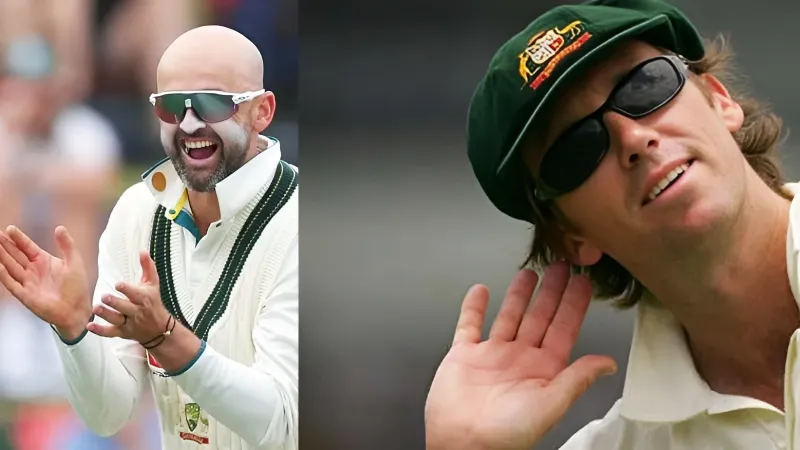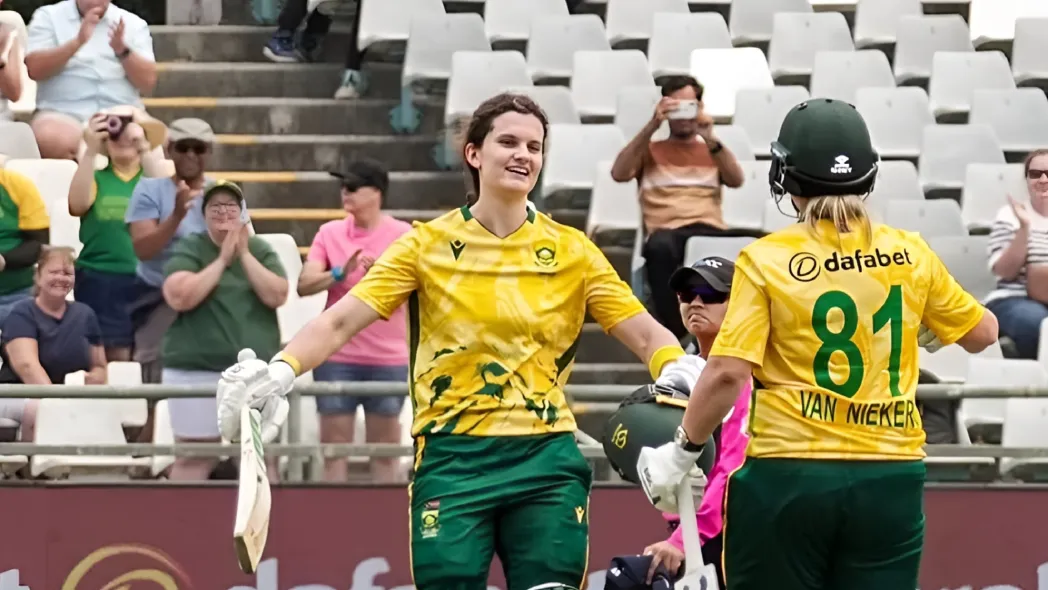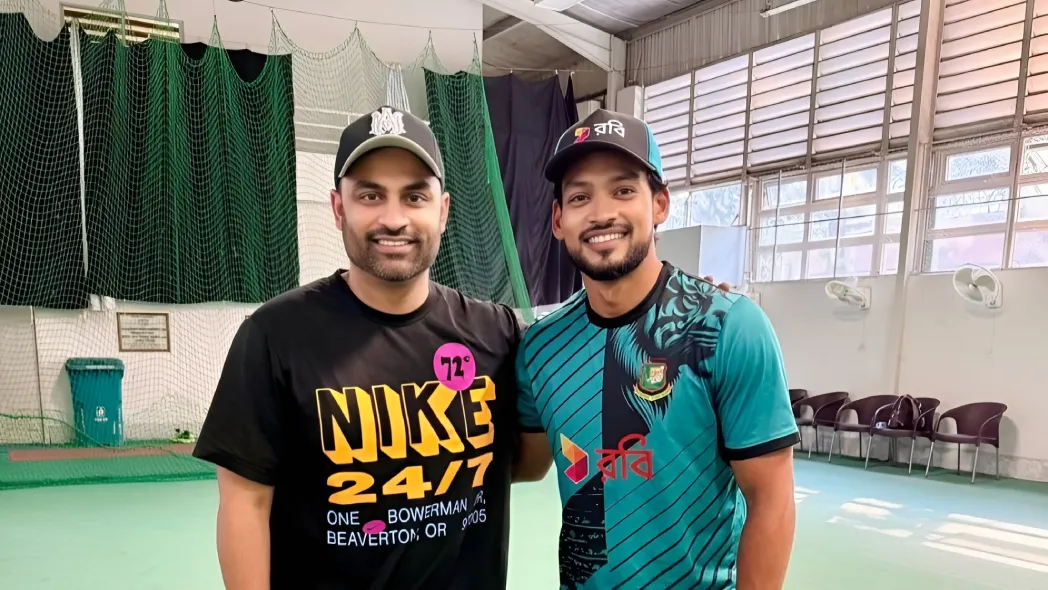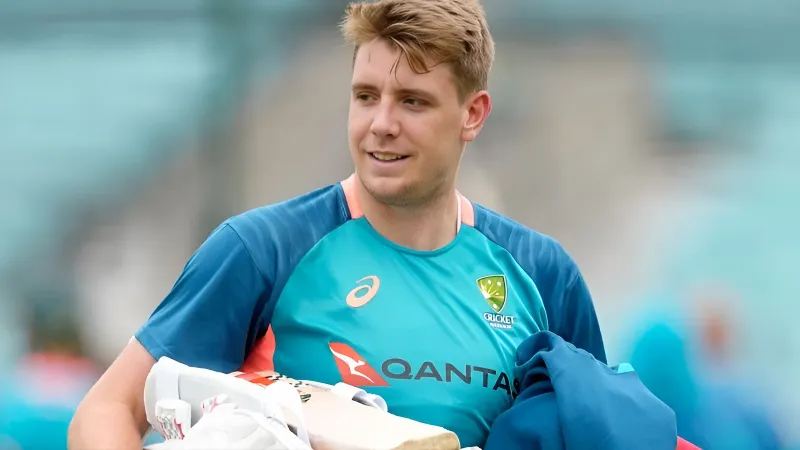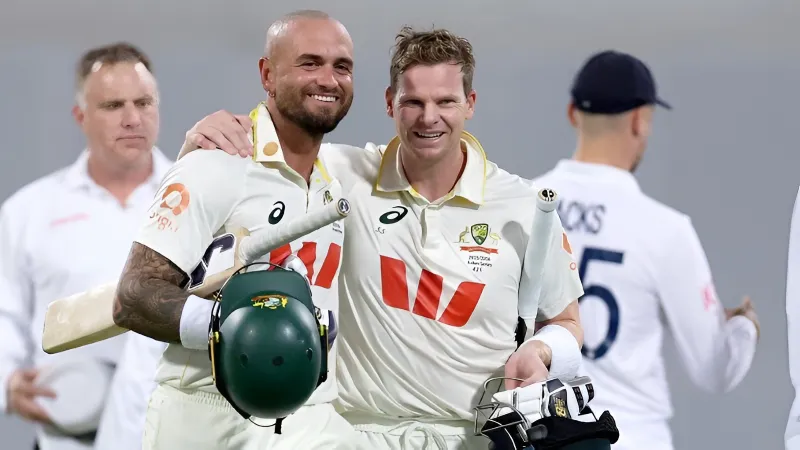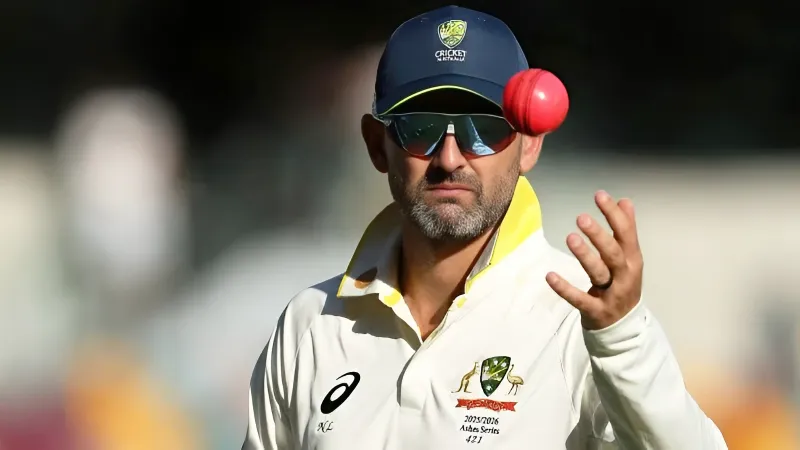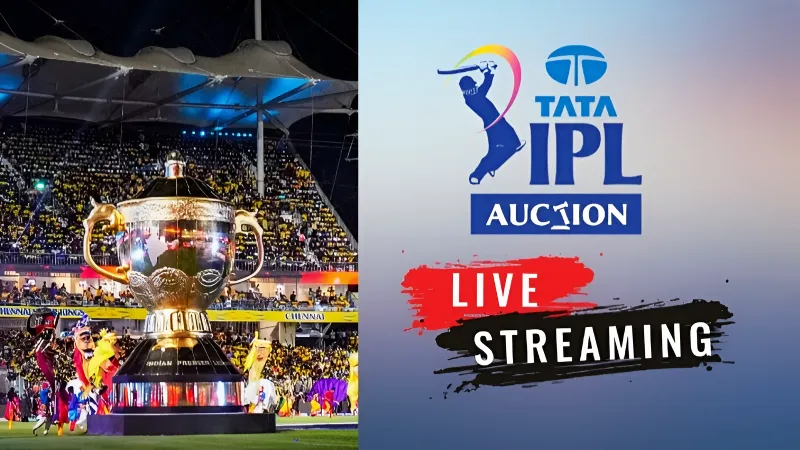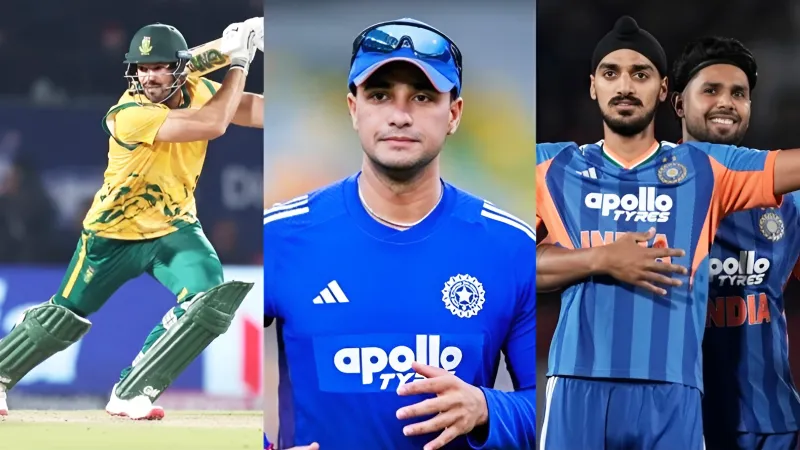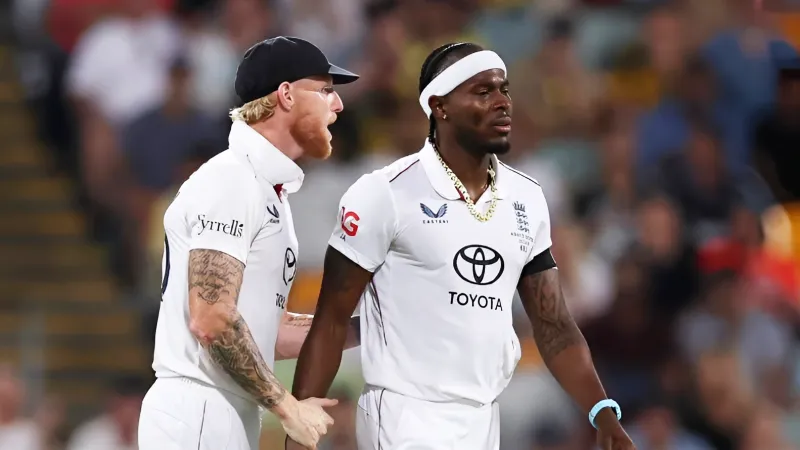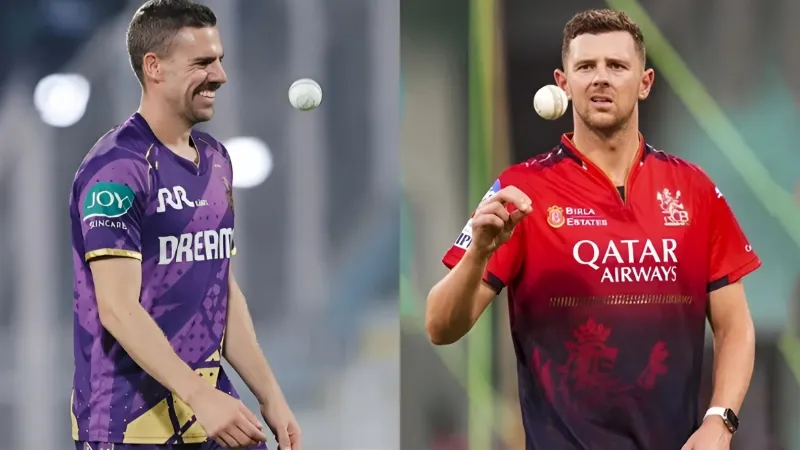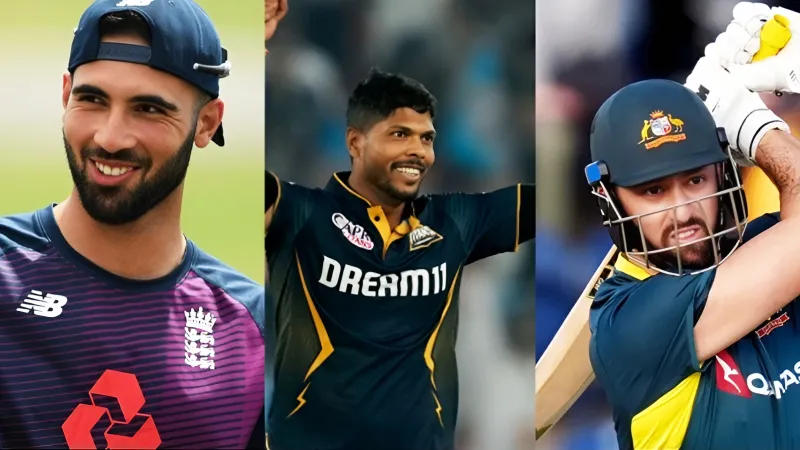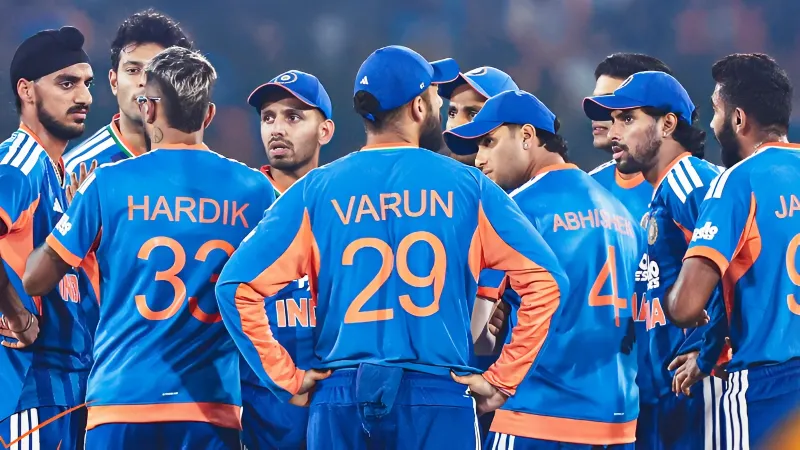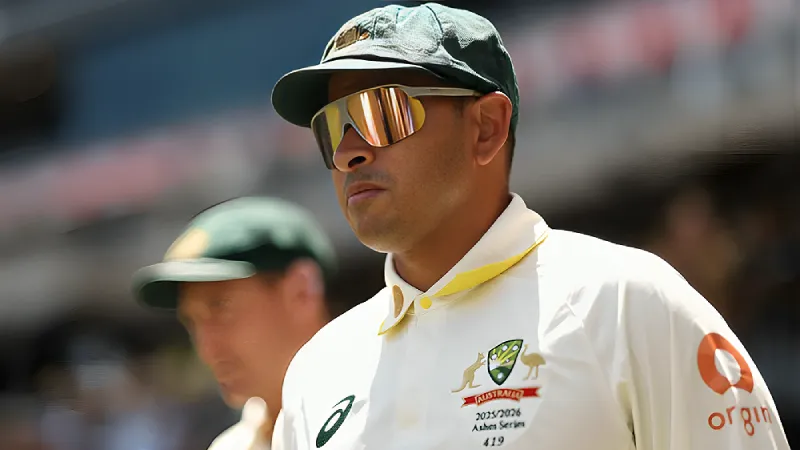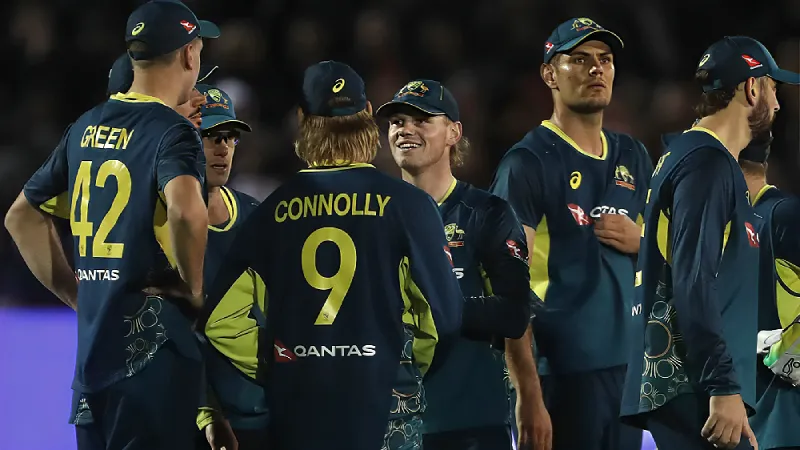India has experienced many heartbreaking losses; yet, their path to the current World Cup has been by far the most emotional of any previous occasion. The next night, after beating Australia in the semi-finals, Harmanpreet Kaur was crying alone in a dug-out; it wasn’t from losing or being sad, it was from exhaustion, shock, and the burden of history weighing on her shoulders. Just one week later, she walked into the Press Room at DY Patil Stadium, holding the trophy India had dreamed about for so long, with a look of pure joy in her eyes as if she was chasing a dream.
This was a side that lost three games on the trot, nearly fell out of contention, carried injuries, absorbed heartbreak, and still found a way to finish the tournament scoring 299 in a tense final, defending it against a Laura Wolvaardt century that threatened to snatch everything away.
Something had genuinely changed in Indian women’s cricket, not overnight, not magically, but through a month of emotional shock therapy, tactical recalibration, and a rediscovered stubbornness that felt eerily similar to another Indian side from 1983.
Momentum That Survived Three Straight Defeats
India didn’t stumble into this title; they wrestled it out of a chaotic group stage. After early wins, defeats to South Africa, Australia, and England sent alarms ringing. The England loss, Harmanpreet admits, was the breaking point, the night the dressing room collectively realised that routines weren’t enough. Visualisation sessions, meditation, and total inward focus followed.
Instead of fracturing, the team hardened. New Zealand was beaten clinically. Australia was outplayed in the semi-final. The belief, once fragile, had become structural.
Openers Who Redefined Nerve Management
Smriti Mandhana and Shafali Verma should have had their own parade. They brought to the table in the tense finale, on a surface which provided an early bowler’s advantage, the same level of control and discipline as when you win titles. Harmanpreet acknowledged they were expecting difficult batting conditions; they received nothing less than that, and India scored 299, just one run shy of their own internal target.
This wasn’t flamboyance; it was maturity. It was also the product of years of batting together 106 ODIs between Smriti and Harmanpreet, countless heartbreaks, and a shared belief that kept refusing to die.
A Chase Threatened by a Lone Warrior
Laura Wolvaardt’s century nearly rewrote the script. She refused to miscue, refused to blink, and refused to give India breathing space until her dismissal in the 42nd over. That moment was the emotional pivot. Relief spread across the field, tension lifted, and India’s bowlers, who had stuck to plans despite pressure, finally found cracks.
India’s ability to absorb that long stretch of threat marks the biggest evolution in this team: they didn’t panic when a champion batter went rogue.
A Victory Written in Sisterhood and History
As soon as Harmanpreet caught that last ball, which in terms of symmetry was perfect, the Indian players ran like a bunch of kids getting released from jail. The lap of honor of their team became surreal with Mithali Raj, Jhulan Goswami, and Anjum Chopra joining them to celebrate holding up a trophy that the three generations of Indian Women’s Cricket Teams had been chasing.
Jhulan Goswami cried. She said if it weren’t for her, Harmanpreet wouldn’t be there. What the team had accomplished was much more than just winning a game – this was about finally passing on the baton to the future generations of Indian Women’s Cricket.
Key Takeaway
India’s women didn’t change their cricket; they changed their belief.
FAQs
- What triggered India’s turnaround after three losses?
A mental reset the night after the England defeat, followed by visualization and meditation sessions.
- Why was the DY Patil Stadium so significant?
India historically played well there, and the team felt the venue shift was a lucky homecoming.
- Who were India’s key performers in the final?
Mandhana and Shafali set the platform, the bowlers held nerve late, and Harmanpreet sealed it with the final catch.
Disclaimer: This blog post reflects the author’s personal insights and analysis. Readers are encouraged to consider the perspectives shared and draw their own conclusions.
Step into the world of cricket with JeetBuzz News—where expert opinions, trending Blogs, and behind-the-scenes insights meet all your favorite topics. Stay informed, stay entertained, and never miss the stories shaping the cricketing world—only on JeetBuzz News!


